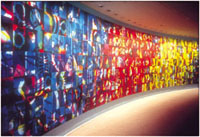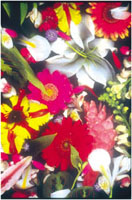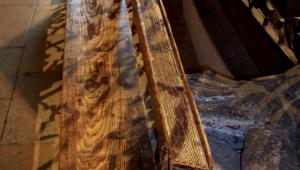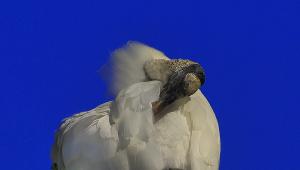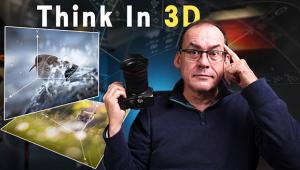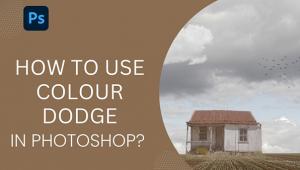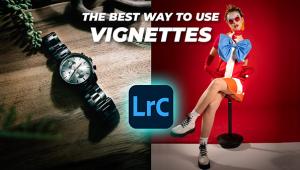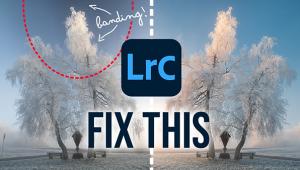Profile
The Free Vision Of Susan Kaprov
"Photography is
magic. It has always been and always will be for me--just magic.
Because you see the world in a microcosm. You see the world on a piece
of paper. And it is real in a way yet it is illusory. And it is a way
of translating something you see. I could give you a photograph of something
you had never seen before and tell you that it really exists. And then
I can manipulate the photograph and say, well, but it doesn't
really exist that way. Then you can go and see the thing and see it
through my eyes and say, oh yes it does--your interpretation is
just fine. To me that is magic." |
|||
"I consider
myself a stylistic nomad," Susan Kaprov says with passion. "I
like to give myself the freedom to explore an idea thoroughly."
The esthetic freedom that Kaprov speaks of usually involves an idea that
may have been external to her and then internalizing it to make a visual
kind of poetry. Her specialty has been commissioned art for public places,
large photomontages where thousands of people can see them daily. They
include Prudential Insurance Co. of America, National Aeronautics and
Space Administration in Washington, DC, and Reeves Communication Corporation
in New York. Her smaller work is no less important, however, and is in
the permanent collections of the Metropolitan Museum and the Museum of
Modern Art in New York. These are based on floral motifs that Kaprov describes
as her cosmic tapestries. "I always begin with an idea," she says. "I look at flowers and wonder what would happen to their exquisite detail if I took them and bunched them all together or fragmented them. They would lose their identity to some extent but would form another kind of identity and we would see them differently." |
|||
All of Kaprov's images
seem to find a new pulse and surprisingly hold together, the glue being
her sense of style and color sensibility. Her career started as a small
child, watching her father, a lawyer and amateur photographer, work in
his darkroom in the Bronx. "He built an enlarging machine from the
encasement of an old car light and I was totally fascinated as I watched
him count out the seconds and develop his pictures," she recalls. The Random Factor |
|||
One of Kaprov's most
beautiful installations is "Precambrian Waltz," commissioned
by the Port Authority of New York and New Jersey in 1994. Eight ft high
and 40 ft long, the photomontage is mounted on aluminum panels to form
a curved wall. Using traditional methods of photography the piece was
divided into narrow columns, scored at the junction of the grids so it
appears seamless. Though it comes apart, it appears as one solid work.
The idea was to deal with motion and transportation and though the content
didn't have to be literal, it needed some kind of metaphorical suggestion
of motion or connection. "I had a lot of esthetic freedom and I
based the piece on a musical motif," Kaprov says. "I used
primary colors and thought in terms of 3/4 waltz time. You see the three
parts to the work--how the red, yellow, and blue loosely interconnect
even though it is a grid. It's a very painterly piece and poetic
though I had to work within some kind of restriction." |
|||
The Color Ingredient |
- Log in or register to post comments

